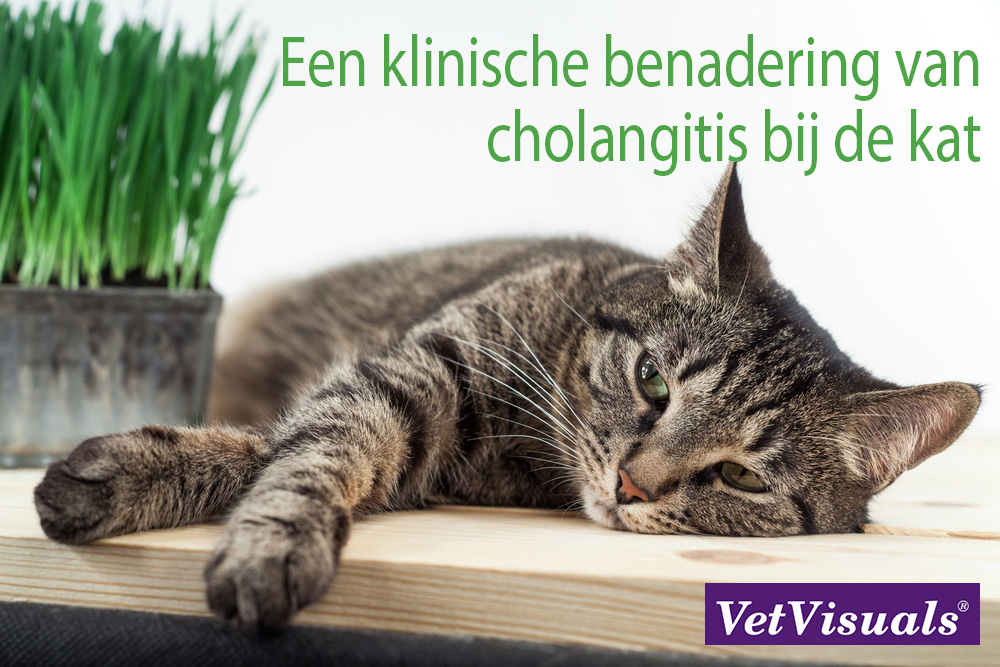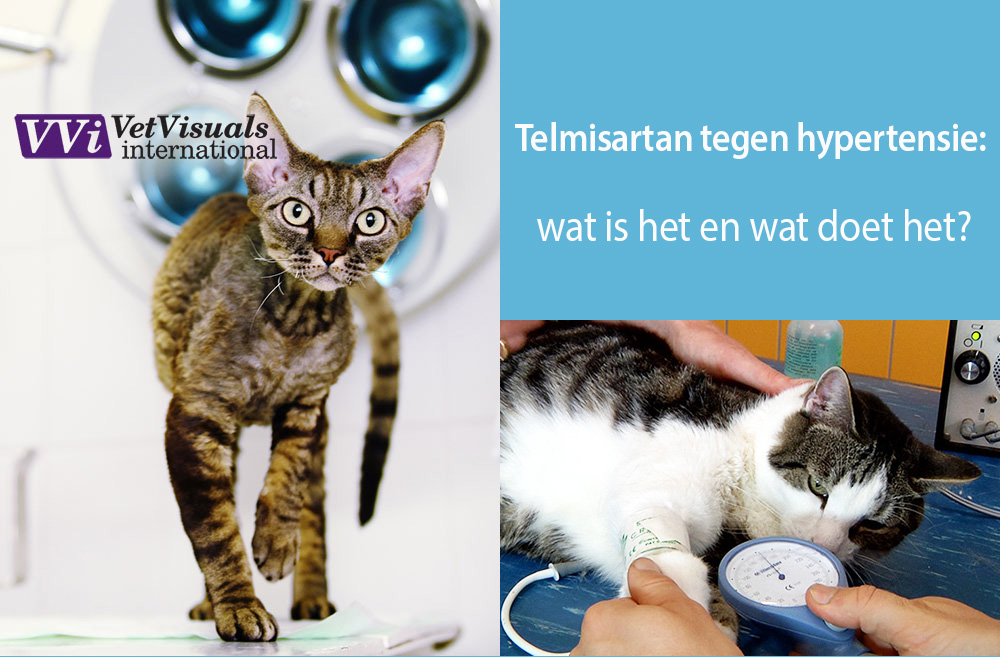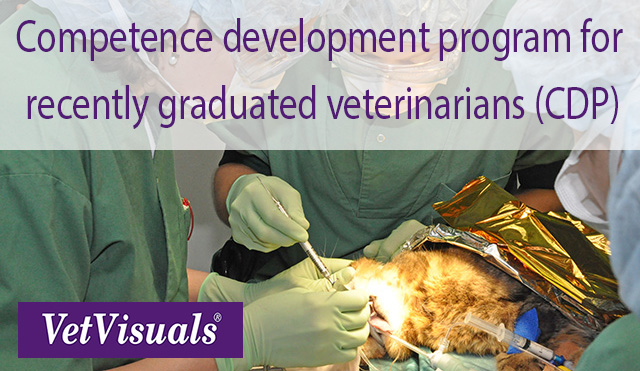
Wanneer kan bij cholangitis antibiotica zinvol worden ingezet?
May 11, 2018
Telmisartan tegen hypertensie: wat is het en wat doet het?
August 25, 2018Is every newly qualified veterinarian a competent veterinarian?
“Young graduated veterinarian looking for a nice job.” LinkedIn is full of similar, enthusiastic profiles. Still, employers complain that it is difficult to fill vacancies for veterinarians, based upon the fact that most of the candidates have little evident practical experience. In addition, many young vets who do manage to find a job in practice, quickly learn that working in a real practice is very different to what they had anticipated. About 50% say that their working life has not met all of the expectations that they had when they first entered the profession. 1 The guidance of the employer and/or the learning experiences for the new vet varies considerably from practice to practice.
Both in terms of the young vet seeking employment and the desperate practice owner trying to find a competent veterinarian there is an issue, a problem that has been prominent for decades. Now it is time to address this matter and come up with a permanent solution!
One thing is certain: Once a newly qualified veterinary graduate can demonstrate that they have a certain competency of practical skills, and thus possesses a degree of skills and confidence, the application procedure for both the jobseeker and potential employer becomes much easier.
But how can a young graduated vet prove their competencies and practical skills in an objective and quantifiable way? Read further about a new initiative of VetVisuals International.
Challenging
Veterinary Practice owners have complained – for as long as vets have existed – about the lack of experienced veterinarians in the labour market. The British Veterinary Association (BVA) Voice of the Veterinary Profession Spring 2015 Survey revealed that the majority of practices who had recently tried to recruit vets struggled to find suitable candidates.2 Two thirds of practices looking to recruit in the last year took more than three months to fill their vacancies for veterinary surgeons. Of these, 10% took more than six months and 7% were forced to withdraw the role due to a lack of suitable candidates.
But what do we expect from an experienced vet? In itself, two years’ experience in a small animal practice says very little as between practices, there are huge differences in the level of supervision, patient selection and working procedures. The result is that “two years of experience” varies enormously. In addition, “experience” is an abstract definition. It is in no way an objective and quantifiable outcome.
Surveys of young, graduated veterinarians show that the transition from vet school to work in practice is challenging.3,4 Especially in the field of practical skills and basic surgery, starting vets often feel insecure; in one survey, a third of the 638 participants said that they need more guidance. What is distressing to read is that one-third say they want to change jobs.
Practicing and logging theoretical knowledge and practical skills
Currently, VetVisuals provides veterinarians in the Netherlands, for several years, with a unique learning management system (LMS). Based on membership, vets have their own personal account in which all activities, such as reading articles, making assessments and attending courses, are automatically logged. VetVisuals boasts to have the largest online library for veterinary medicine of companion animals written in Dutch. In addition, all types of online and combined forms of learning are offered. VetVisuals continues to invest in technical ability in order to continuously improve online veterinary education.
We are proud to introduce the VetVisuals Competence Development Programme (CDP) for vets. The VetVisuals CDP stimulates the newly graduated veterinarian to improve their theoretical knowledge and practical skills, through a clearly structured and well-organized learning path based on a competence framework. Within the CDP, the veterinarian is able to monitor their progress in a personal learning plan.
In the United Kingdom, every newly graduated veterinarian, and those with less than one year’s clinical experience, are required to complete a similar program: the Professional Development Phase (PDP). 5 The PDP is also a self-assessment system that aims to instil a conscious and conscientious approach to professional learning. It provides a structure for both new and recent graduates including overseas graduates as well as others returning to practice after a break, in order to reflect on their progress in developing their confidence and competence across a number of clinical areas which are measured against the general Royal College of Veterinary Surgeons (RCVS) Professional Development Phase (PDP) competences.
VetVisuals makes competencies measurable
The competence framework of veterinarians who have graduated from the Veterinary Faculty of Utrecht University is the core of the Veterinary curriculum in 2006.6 This curriculum gives veterinarians and [potential] employers (including veterinary practices) the ability to assess the possibility of the level of knowledge, skills and professional conduct they can expect from the recently graduated veterinarians.
Newly graduated vets can start to work independently in a practice immediately after their graduation much like obtaining a driving licence. However, clinical competence needs to be further developed. The VetVisuals CDP is a unique tool which is clearly mapped in a structured, professional way; this shows the skill of the recently graduated vet and encourages their development in their skills and confidence.
The VetVisuals CDP is much more detailed and specific than the RCVS PDP as the learning plan within the competence framework is based upon the revised Curriculum Annexes (ziektebeelden- en vaardighedenlijst 2009) of the Faculty of Veterinary Medicine – Utrecht University.7
The competency frame work and learning plan is integrated within the learning management system of VetVisuals. Newly graduated vets complete the learning plan ‘step by step’ through recording their progression of clinical achievements, assessments and self-reflection. This leads to a completion of a learning plan, which proves that the newly graduated vet has mastered the clinical and professional skills outlined in this competence framework.
The acquired competencies provide [future] employers with guidance in order to assess their [future] staff objectively.
The use of the VetVisuals CDP will also act in the interests of larger practices and corporates as currently there aren’t any effective quality control schemes in place. To offer quality to pet owners and their pets, the pet’s safety and animal welfare, quality has to be made evident and quantifiable.
The VetVisuals CDP can also be an important tool in performance appraisals and also to help to structure a sound career plan.
How does it work?
In order to complete the VetVisuals CDP, recently graduated veterinarians, through a personal account, have 18 months access to the VetVisuals LMS. This account can be regarded as a ‘lifelong learning record’. Within the account, the young vet has access to its personal learning plan. At a glance, it shows progress of the vet’s development and achievements.
Linked to the competence framework, the learning plan consists of various activities. These activities are divided into a selection of the evidence based articles in the VetVisuals veterinary knowledge library, protocols, guidelines and best practice documents, skills labs consisting of text and practical videos, proper patient medical record documentation, but also third party sources and/or activities. All of these components can be provided with online assessments. In addition, certain courses, such as ‘Veterinary Communication Skills’, could be part of the learning plan. On such a course the vet will need to perform regular tasks for example uploading a video in which a practical action is filmed by a colleague as proof that they have mastered a certain skill. In addition, self-assessments and self-reflection are an important part of the process.
The VetVisuals CDP is partly based on self-assessment, but the progress of the veterinarian is also assessed by mentors who monitor and evaluate remotely. It is also possible that employers play an active role in the evaluation and development of the veterinarian.
The learning plan, as designed by VetVisuals, is in fact a personal portfolio by which a veterinarian can prove that they have learned and mastered both clinical and professional skills.
If they fulfill all the requirements of the learning plan, the veterinarian will receive a certificate and a yet to be determined number of continuing education points.
This certificate shows that the young vet has mastered their competence in an objective manner and is now ready for the next challenge!
Aspiration
André Romijn – Publishing Director of VetVisuals International:
“For most veterinarians the start of studying veterinary medicine was realising a dream. After graduation and the first practical experiences, the bright sides of that dream has faded to make way for the hard reality of daily practice. Based on surveys, the lack of guidance, the uncertainty and the lack of a clear career plans, are partly responsible for the fact that this profession loses its lustre. The VetVisuals CDP offers young vets not only support for personal development, but also provides the basis for more confidence. In addition, the VetVisuals CDP offers aspiration to continue to develop professionally. That’s good for motivation, good for the veterinarian, and especially good for the whole veterinary medicine world-wide!”
Self-confidence and professionalism
Cathelijn Hoelen – Head of Veterinary Education and Learning at VetVisuals International:
“VetVisuals CDP offers newly graduated veterinarians a major boost in their confidence. Despite a robust design of the current curriculum the gap between university and veterinary practice remains too great. Practical skills and knowledge in primary practice common ailments are often missing entirely, and not every practice is capable of providing sufficient guidance. As a result, many newly graduated vets feel that they are thrown in at the deep end. In part, this could be very instructive and would lead, within a short time, to a high degree of independence. Yet this ‘swimming’ could also result into dissatisfaction and deterring self-confidence, which has been built up during the study.”
“This has to be changed! I believe that the learning curve can be much steeper when a well-structured learning plan is in place. This competency development program offers a great support for the newly graduated vet and shows clearly what is achieved and which competencies require extra attention. The result is a confident and professional working vet who can work fully independently but also blend well into a professional team.”
Schedule
Currently, the design of the competence framework is taking place. We expect to provide more detailed information about the learning plan and the conditions of participation this autumn.
Sources:
- Voices from the future of the profession http://vetfutures.org.uk/download/surveys-filebase/Voices%20from%20the%20future%20of%20the%20profession,%20July%202015.pdf
- Struggling to recruit? You are not alone. https://www.bva.co.uk/News-campaigns-and-policy/Newsroom/News-releases/Struggling-to-recruit–you-are-not-alone/
- Confidence and competence of recent veterinary graduates — Is there a problem? Jeanne Lofstedt, DVM Can Vet J. 2003 May; 44(5): 359–360.
- Enquête Platform Jonge Dierenartsen; Waar ligt de behoefte van de jonge dierenarts? Tijdschrift Diergeneeskunde, pag 16-17, April 2015.
- RCVS Professional Development Phase (PDP) – http://www.rcvs.org.uk/education/professional-development-phase-pdp/
- Eindtermen Curriculum Diergeneeskunde http://www.uu.nl/files/dgkonderwijseindtermen-2006pdf
- Herziene bijlagen van de eindtermen (ziektebeelden- en vaardighedenlijst 2009 http://www.uu.nl/onderwijs/diergeneeskundig-onderwijs/onderzoek-innovatie/eindtermen

